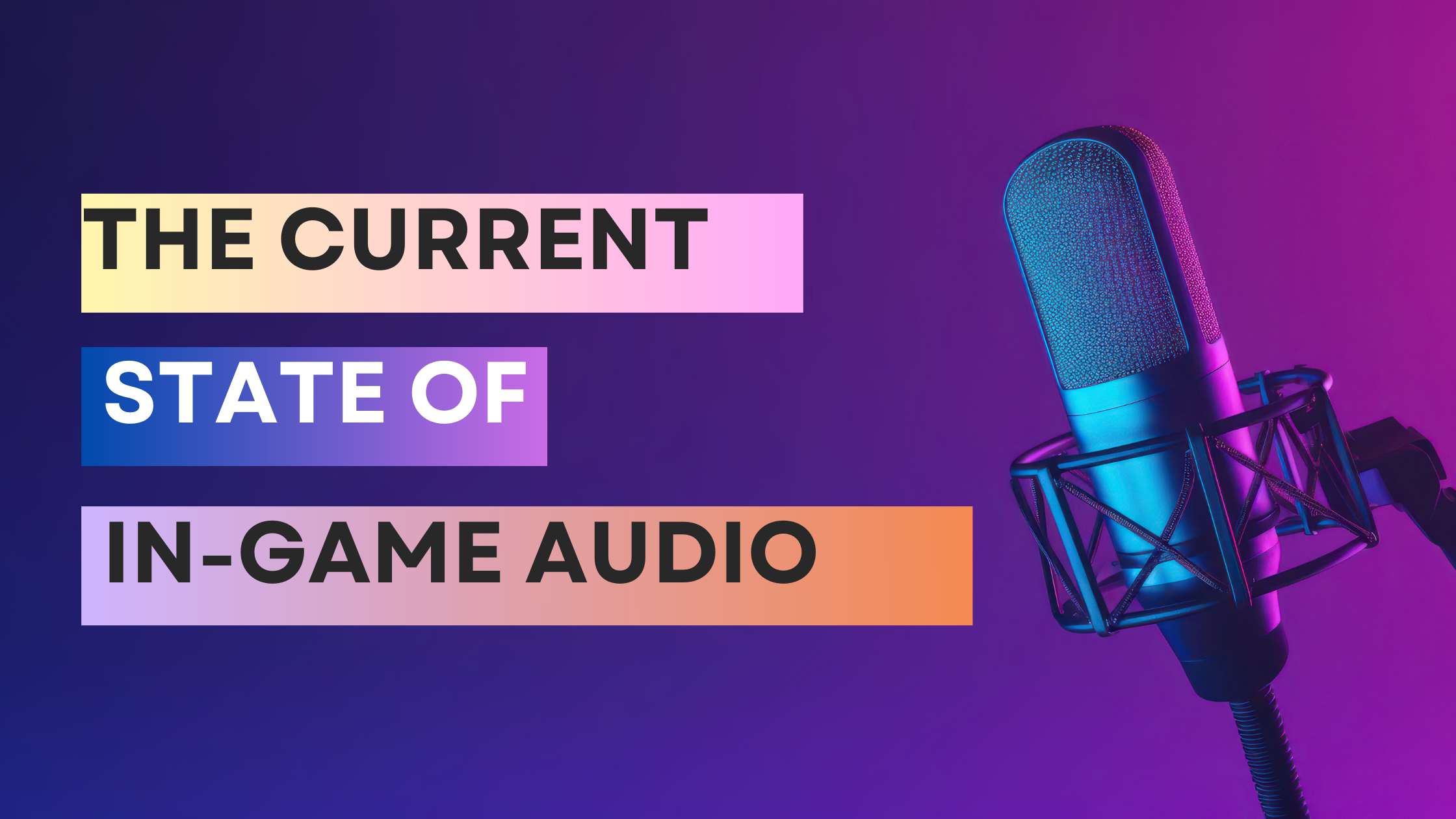Since launching Odeeo, we’ve been thrilled to see the rapid adoption of in-game audio by leading global brands and top game publishers from around the world. Our clients have seen incredible success, as demonstrated in some of our recent case studies. And we’re confident that the era of in-game audio advertising has just begun.
That being said, there remains a lot of confusion in the market about digital audio and in-game audio. This is due to the youth of the format and the relative lack of standardization around digital audio, especially relative to video and static formats.
We wanted to answer a couple of the questions we get from the marketplace and help all of our partners and potential partners understand the ins and outs of in-game audio.
What is an audible impression?
Let’s start with the definition of “audible” as defined by the Media Ratings Council (MRC).
According to the MRC, which determines the standards by which publishers can charge advertisers, audible ad impressions are defined as:
The count of audio advertisements for a campaign over specified time period based on client-side activity records used for the monetization of digital advertising, filtered from invalid traffic activity, excluding those advertisements served during known player-muted state (and with non-zero volume) and excluding those ads audible for less than two continuous seconds (any part of the ad qualifies). Specific Tracking Assets should be used as a source of the impression count (i.e., these should be census-based measures) and this counting should be triggered on the client side (based on activities on a user’s browser/player) to ensure, insofar as possible, that the advertisement was loaded and initiated to the user1
This definition was published in 2018 with input from all major audio platforms and buyers, including iHeartMedia, AdsWizz, GroupM, Nielsen, Triton Digital, OMD, and many more.
How do we know if an impression is audible?
All of our developer partners have integrated the Odeeo SDK. This means for every single impression served by Odeeo, we get on-device metrics, including whether the device volume is on or off, as well as the device volume level.
The Odeeo SDK incorporates the Open Measurement SDK (OM SDK), so that all of the accredited measurement and verification partners (DoubleVerify, IAS, and MOAT) can measure audibility on behalf of advertisers.
Will advertisers be charged for in-audible impressions?
No, full stop.
Odeeo uses MOAT to measure the impressions served via our SDK ensuring that not only WE think they are audible, but that a 3rd party provider confirms the same. This allows us and our advertisers to verify that 100% of the impressions we bill for are audible. The MOAT standard for audibility requires device volume to be 10% or higher, rather than the MRC standard, which is greater than zero.
*DSP name withheld for privacy reasons.
Thanks to the OMSDK implementation on 100% of our traffic, advertisers can work with their verification vendor of choice - DoubleVerify, IAS, or MOAT - to validate audible impressions.
How do I know where my ads ran?
Odeeo is fully transparent. Our team has decades of experience in the digital industry and knows that nothing ensures quality better than a transparent supply chain. We provide our clients with full visibility into where their ads ran - so they know they got what they paid for. Every ad sold by Odeeo runs on traffic from our directly-integrated SDK - never through an ad buy or arbitrage. All of our partners can check out our sellers.json and app-ads.txt files to see which publishers we have direct integrations with and who is approved as a reseller of our inventory.
Are these standards rigorous enough?
Digital audio - across channels - has plenty of room to mature. That includes better measurement for podcast ads, more transparency around streaming audio ads, and enhanced in-game audio metrics.
We’re working actively with the IAB and with other leaders in the industry to evolve the audio space and align on best practices that suit advertisers, publishers, and ultimately the in-game audiences.
1. Digital Audio Measurement Standards
